Provoke
Post 16 lesson plan: #
Exploring provocative documents for thought with the Japanese Provoke photographers Yutaka Takanashi, Takuma Nakahira and Daido Moriyama. #
From Jon Nicholls, Thomas Tallis School
This project aims to introduce students to an important period in Post War Japanese photography and to challenge them to respond to the idea that photography has its own language, independent of words. The photographers featured here attempted for a short period to challenge the rules and conventions of photography in the context of massive social upheaval. They asked important questions of photography, testing its power and influence. Their youthful experiments became massively influential for subsequent generations of photographers.
The main subject of this project is **Provoke **(Purovōku), an experimental magazine founded by photographers Yutaka Takanashi and Takuma Nakahira, critic Koji Taki, and writer Takahiko Okada in 1968. The magazine’s subtitle read as: shisō no tame no chōhatsuteki shiryō (Provocative documents for the sake of thought).
Photographer Daido Moriyama, the photographer most often associated with the publication, did not join the magazine until the second issue. Provoke lasted only three issues with a small print run, but was tremendously influential.
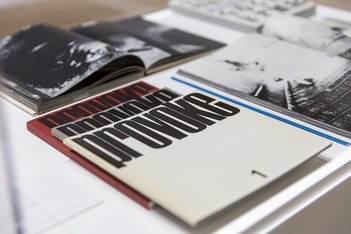
Today, when words have lost their material base—in other words, their reality—and seem suspended in mid-air, a photographer’s eye can capture fragments of reality that cannot be expressed in language as it is. He can submit those images as a document to be considered alongside language and ideology. This is why, brash as it may seem, Provoke has the subtitle, ‘provocative documents for thought.’
– **Manifesto of the Provoke Group **by Koji Taki, Takuma Nakahira, Takahiko Okada, Yutaka Takanashi, and Daido Moriyama
Provoke argued that the photographer can capture what cannot be expressed in words, presenting photographs as “documents” for others to read. In Japanese, the visual style of the photographs in Provoke has been described as: ‘are-bure-boke’, which translates as ‘grainy/rough, blurry, out-of-focus’. On 31 March 1970 the Provoke collective published the book Mazu tashikarashisa no sekai o suterō: Shashin to gengo no shisō (First, Throw Out Verisimilitude - Thoughts on photography and language). It was to the be the last publication of this short lived but influential group. Each of the participants went on to establish their own individual visions in their subsequent careers.
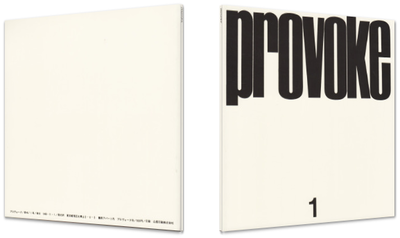 ]
]
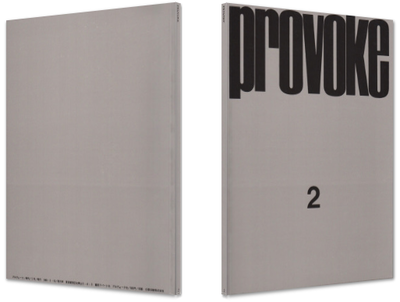 ]
]
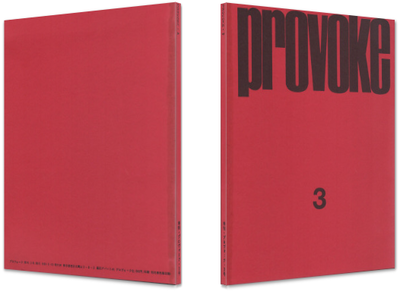 ]
]
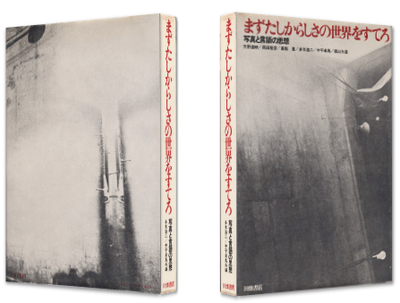 ]
]
Photography was too explanatory, too narrational for me. […] It was natural for me to join Provoke. […] They said they were photographing atmosphere. But I was very precise and careful. […] But my work changed after I saw how they worked. I saw that I could not control everything. I understood that photography is only a fragment. I used to be a photographer who interprets things via language. And then Provoke changed me.
– Yakuta Takanashi
You can check out some example spreads from each of the four publications using the following links:
Provoke #1 #
Provoke #2 #
Provoke #3 #
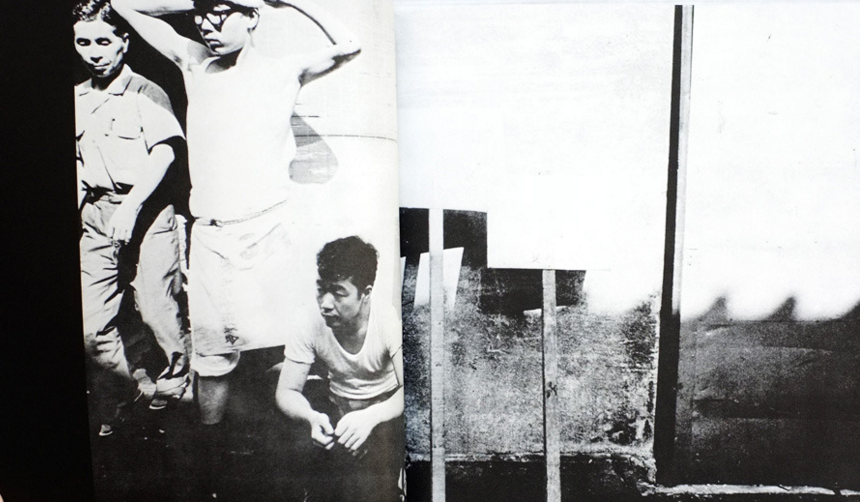
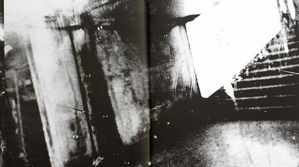 ]
]
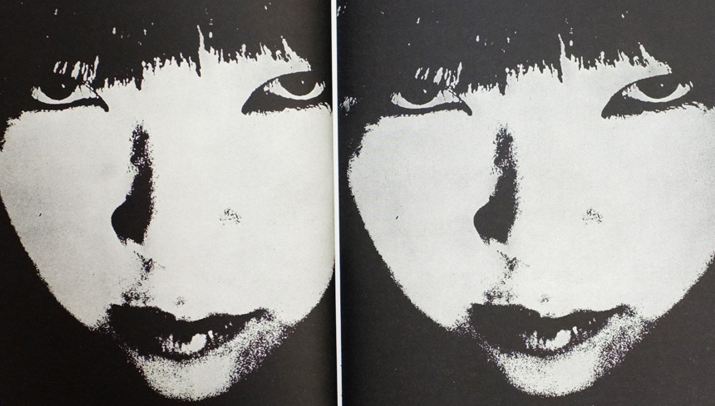 ]
]
Provoke 4 & 5: First, Throw Out Verisimilitude – Thoughts on photography and language #
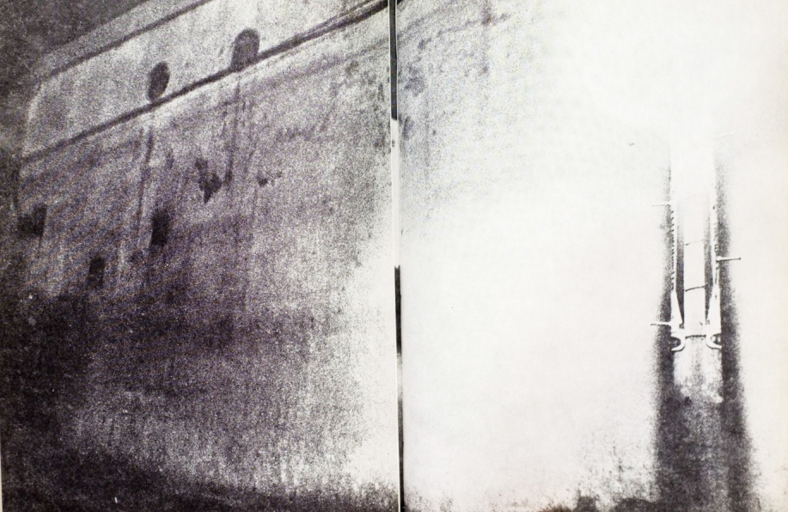
This book is often referred to as Provoke 4 & 5. Although the chapters are called provoke 1-5, the images are not from any previous Provoke publication, with the exception of a single image by Takuma Nakahira in chapter 1, which was previously published in Provoke issue 2. (This image also appears in his book For a Language to come.) The book is divided into the five sections, and six sections of text. It was published the same year that the Provoke group split up. The book resembles a kind of paperback novel, printed on rough matt paper.
Thanks to Josef Chladek for kind permission to reproduce these images. Be sure to check out these and other amazing photography books on Josef Chladek’s virtual bookshelf .
… the Provoke photographers campaigned against a world of seeming certainty and ceased to ask “What should we photograph?” or “How should we photograph?”, instead asking more fundamental questions such as “What is photography?”, “Who becomes a photographer?” or “What is seeing?”. Their characteristic grainy, blurry, shaky pictures are the photographic expression of their doubt about a photography […] They are attempts not to »shoot« the pictures actively, but rather to allow the pictures to develop on the basis of a deliberately passive stance, with the frequent use of wide-angle lenses and no-finder technique, and thus to rehabilitate the unruly nature (the independent action) of the camera that lies hidden in the concept of »expression«. By reflecting the difference between their own eye and the eye of the camera in the photos in an extreme manner, the Provoke photographers were in search of a way of capturing the form of the world that was eluding them.
– from the article <strong>“A Portrait of Takuma Nakahira”</strong> (2005) on the ASX blog
The writer Minoru Shimizu describes Moriyama’s approach as follows (with particular reference to his 1972 book ‘Farewell Photography’:
The features of this style can be listed: fragmentariness, a sense of speed, images appearing to be damaged, wildness, traces, a sense of unbalance, printing failures, time-lapse, scraps of negatives, scenes that come out of the dark only through the flash, no viewfinder etc. These are all expressions of a kind of ‘subtraction’, a means to erase the photographer’s self, his thoughts, subjective expressions and intentions. In other words, the photographs try to not see, not to think and not to choose […] To Moriyama, grainy, blurry, out-of-focus was an important method of deletion, but only in order to show the real world as it was. In other words, grainy, blurry, out-of-focus reveals the scars left after the membrane of the fake reality has been taken off in order to hollow out the ‘real’ existence. This real world, then, is expressed through violence towards the photographs. The more real the photographs are, the more scars they have, the more they are worn away. The real world can only appear if the usual world disappears.
– Minoru Shimizu, Grainy, Blurry, Out-of-Focus: Daido Moriyama’s ‘Farewell Photography’
Other photographs by Provoke Group members: #
Subsequent publications by each of the Provoke members were equally challenging in their subject matter and visual style. Most famous of these are the books ‘ Farewell to Photography ’ by Daido Moriyama, ‘ For a Language to Come ’ by Takuma Nakihara and ‘ Towards the City ’ by Yutaka Takanashi.
DAIDO MORIYAMA, FROM ‘FAREWELL TO PHOTOGRAPHY’, 1972
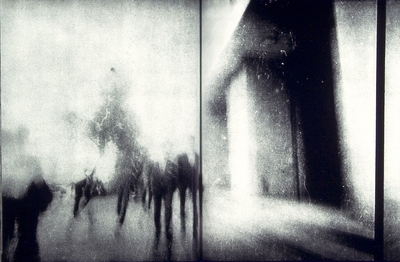
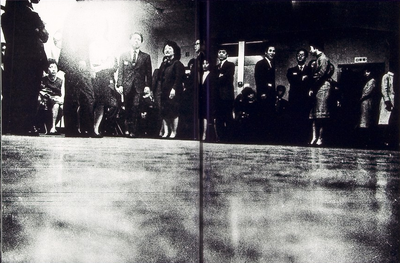
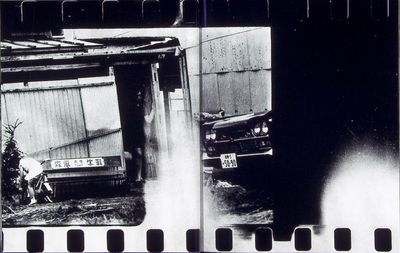
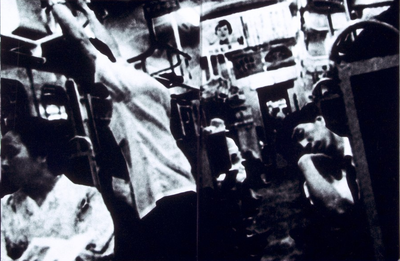
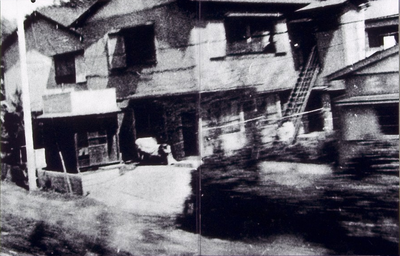
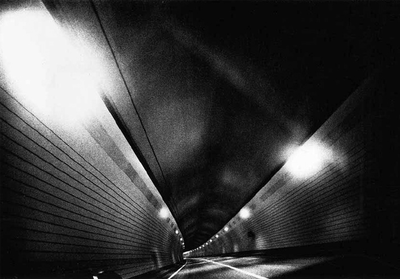
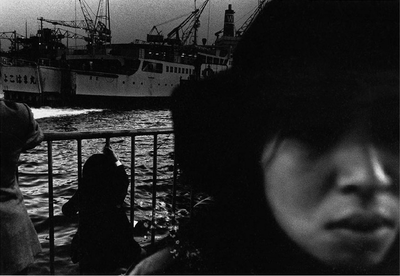
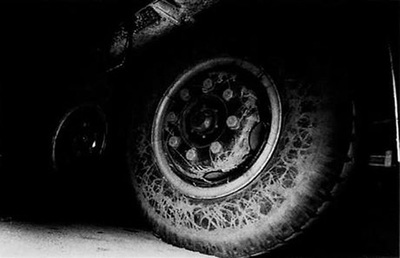
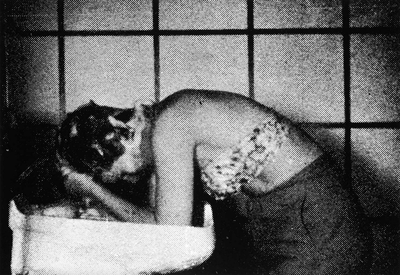
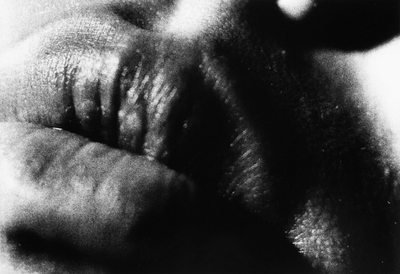
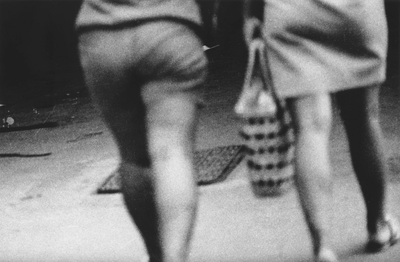
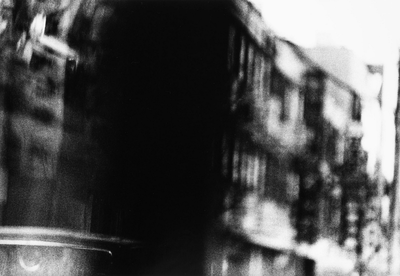
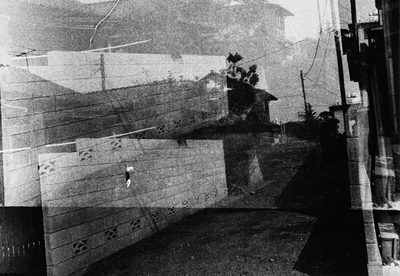
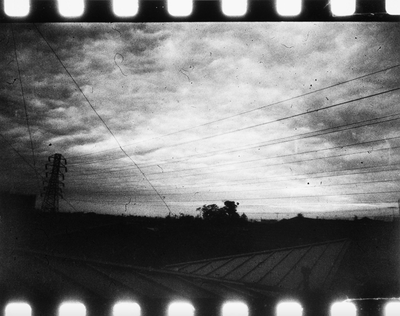
TAKUMA NAKIHARA, FROM ‘FOR A LANGUAGE TO COME’, 1970
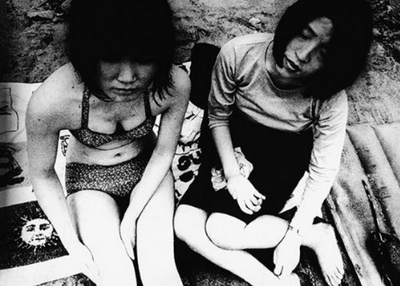
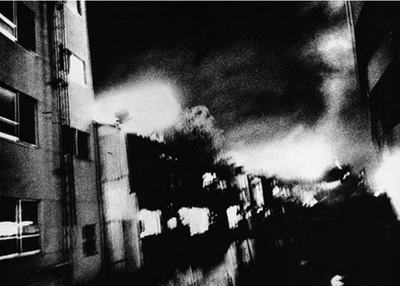
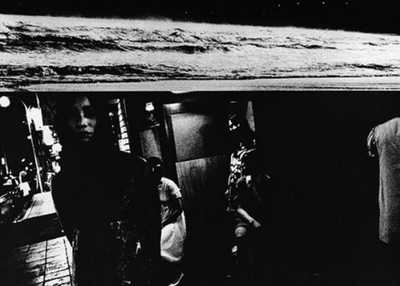
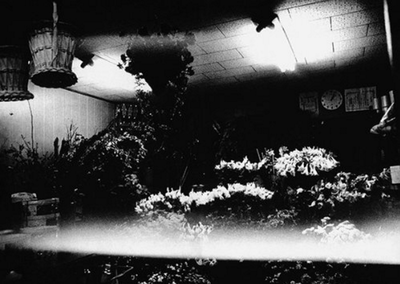
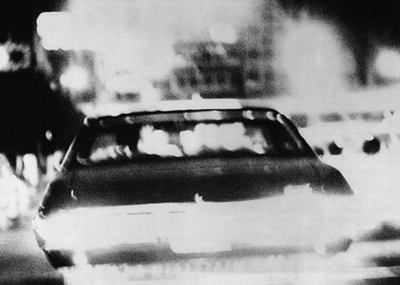
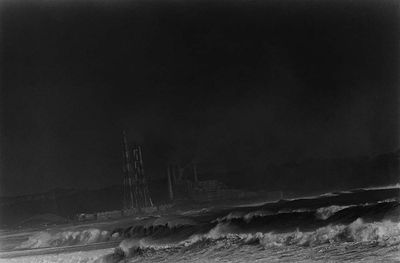
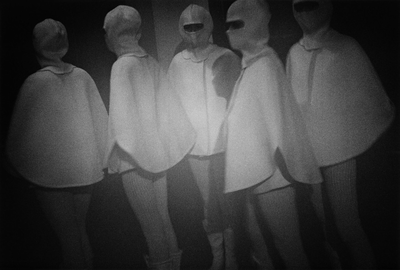
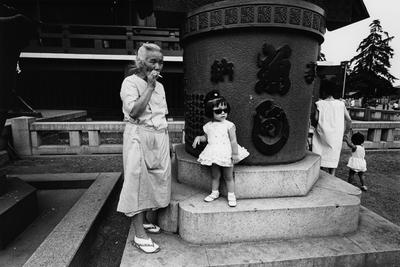
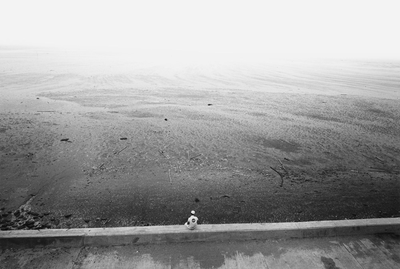
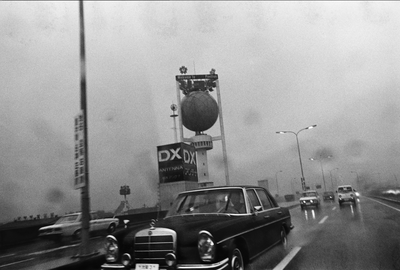
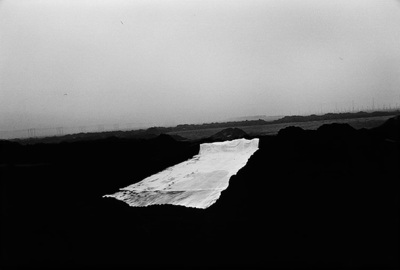
The ambitious mission of Provoke to create a new photographic language that could transcend the limitations of the written word was declared with the launch of the magazine’s first issue. The year was 1968 and Japan, like America, was undergoing sweeping changes in its social structure. A questioning of traditional social conventions and a loss of confidence in existing political powers was happening in many creative disciplines across Japan and formed the foundation that fuelled Provoke’s mission. Unified under a manifesto that advocated conceptualism over realism, Provoke’s photographers and writers moved beyond issues of what to photograph, and sought to uncover and question the essential nature of photography itself. The visual results flouted the precision of earlier documentary modes in favour of a less focused imagery that allowed for chance and the unknown to reveal itself in the photographic process.
– Russet Lederman, 2012
Other Resources: #
<strong>The Provoke Era Gallery Guide from SFMoMA</strong>
Flip through The Cartier-Bresson Foundation publication
about Yatuka Takanashi.
A wonderful short film about <strong>Takuma Nakahira</strong>
The Influence of Provoke #
The Provoke group published their third volume in August 1969 and the group dissolved soon after. Published in December of 1969, Pursuit 1 is an homage in every way. Instead of “Provoke” we have “Pursuit.” Instead of “Provocative documents for thought” we have “Record of existential pusuit.” The book is the exact same size as Provoke Vol. 3. The photos are stylistically influenced by the Provoke photographers and deal with similar subject matter.
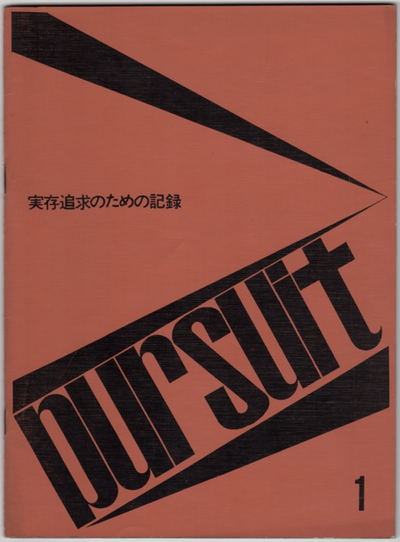 ]
]
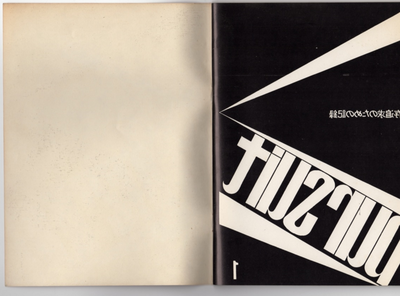 ]
]
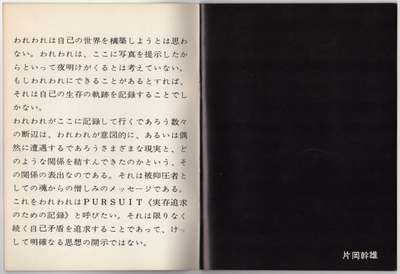 ]
]
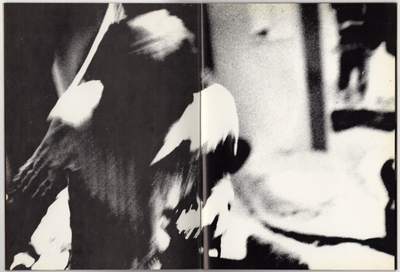 ]
]
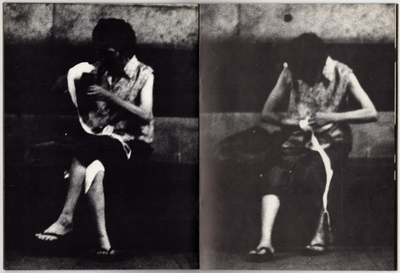 ]
]
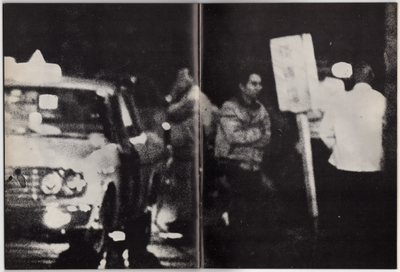 ]
]
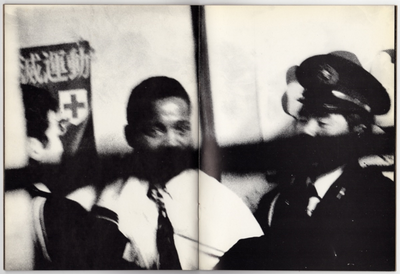 ]
]
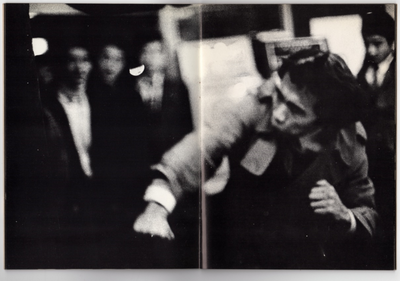 ]
]
Provoke camera app
The Provoke Camera app was inspired by Japanese photographers of the late 1960’s. It produces black and white images with a gritty, grainy, blurry look reminiscent of the “Provoke” era of photography, and in two formats: square format 126 and 35mm format 135. Provoke Camera features 9 black and white live view effects:
|
1. HPAN High Contrast
2. NPAN Normal
3. LPAN Low Contrast
4. X800 More High Contrast with more noise.
5. I800 IR like filter.
6. Z800 +2EV with more noise.
7. D100 Darken with Blur
8. H100 High Contrast with Blur
9. E100 +1.5EV with Blur
|
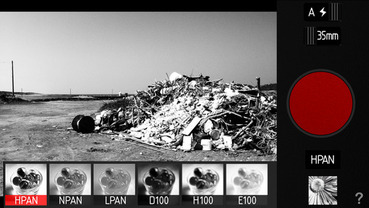
Flickr group: Provoke #
There are lots of tribute groups on Flickr of photographers who imitate (and pay homage to) their photo heroes. This group exists to help share photographs that reflect the visual style and subject matter of the Provoke group:
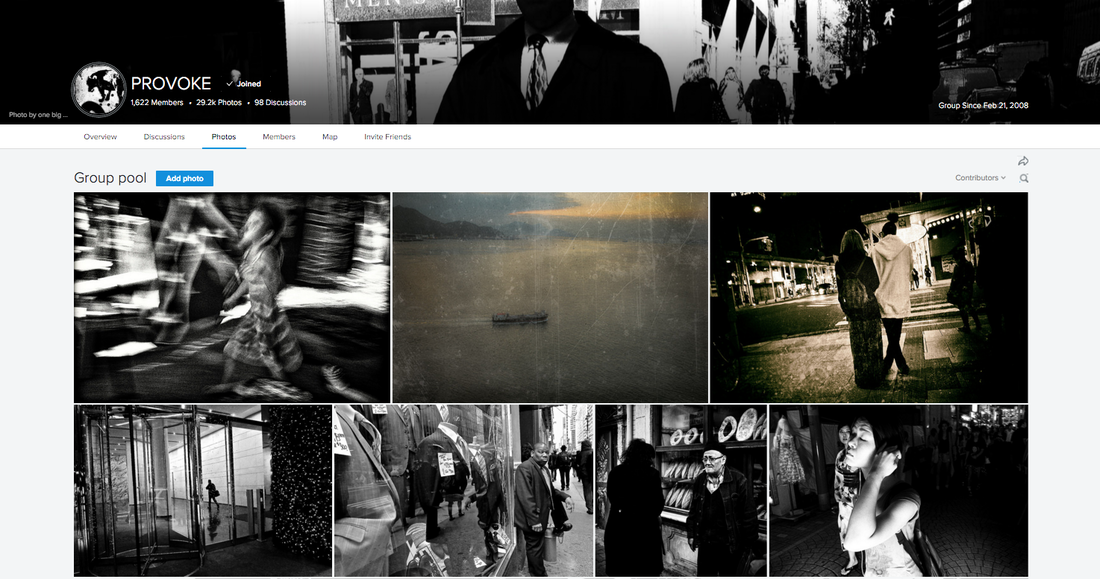
Some suggestions: #
- Look carefully at the photographs published in the various issues of Provoke. How would you describe them? Write a list of words that might be used to capture the visual qualities, subjects and impact of these photographs on the viewer.
- How adequate is the phrase ‘are-bure-boke’? What attitudes (to life and photography) can you discern in these images?
- What does the word Provoke suggest to you? What is provocative about these photographs? Why do you think this was chosen as the title of the publication?
- Provoke was a form of protest, formed by a heady mixture of attraction, ambivalence and repulsion, that caused the photographers and writers involved to make a bold, confrontational statement. Reflect on your own feelings about the society in which you live and the state of photography. What kinds of images and ways of making photographs seem appropriate to you for documenting these feelings and attitudes? Where would you go to make these pictures? Given Moriyama’s use of a consumer compact camera (rather than an expensive, professional rangefinder or SLR) would it matter to you what equipment you used?
- In order to explain the approach they were taking to photography in Provoke, the participants published a short manifesto . There is a long history of artists, especially in the twentieth century, banding together and writing manifestos . Imagine you decided to collaborate with classmates and/or friends to create an artistic collective. What would you write in your manifesto?
- Daido Moriyama has said: “[My] photos are often out of focus, rough, streaky, warped, etc. But if you think about it, a normal human being will in one day perceive an infinite number of images, and some of them are focused upon, others are barely seen out of the corner of one’s eye.” What do you think he means? Watch the film <strong>Daido Moriyama: In Pictures</strong> and make some notes. How would you summarise his attitude to photography?
- It is often more difficult to make ‘
wrong
’ photographs than it is to follow the ‘rules’ or conventions of photography. Attempt to make a series of images which respond as instinctively to the world as possible. Consider the following questions:
- Will you use a film or digital camera? Will your camera be an SLR/DSLR, a compact camera, a disposable camera or a camera phone?
- Will you photograph in colour or black and white?
- Will you always look through the viewfinder?
- Will you always compose your image carefully?
- Will you always keep the camera level with the horizon?
- Will you always focus on your subject?
- Will your subjects conform to one or more genres of photography?
- Will you always photograph from your full height?
- Will you always carefully select your subjects?
- Whilst you are making photographs, ask yourself the questions: “What is photography?”, “Who becomes a photographer?” and “What is seeing?”
- Once you have made a significant number of photographs, consider how you will edit, print, sequence and display them. You could continue to experiment at this stage by, for example, printing your images on unusual materials and/or using a scanner or photocopier to print/alter your photographs. You might decide to create your own photobook or magazine (like Provoke). You could also choose to collaborate with classmates. Again, don’t be afraid to question the ‘rules’ about how photographs are generally displayed. Consider issues such as repetition, scale, materials, layering, orientation etc.
- Daido Moriyama reportedly told the publisher of his groundbreaking book ‘Farewell to Photography’ to arrange the pictures in whatever way he liked. You could give a classmate a selection of your images and ask them to make their own sequence for a display or publication of some sort, thus delegating the responsibility of the final display to someone else.